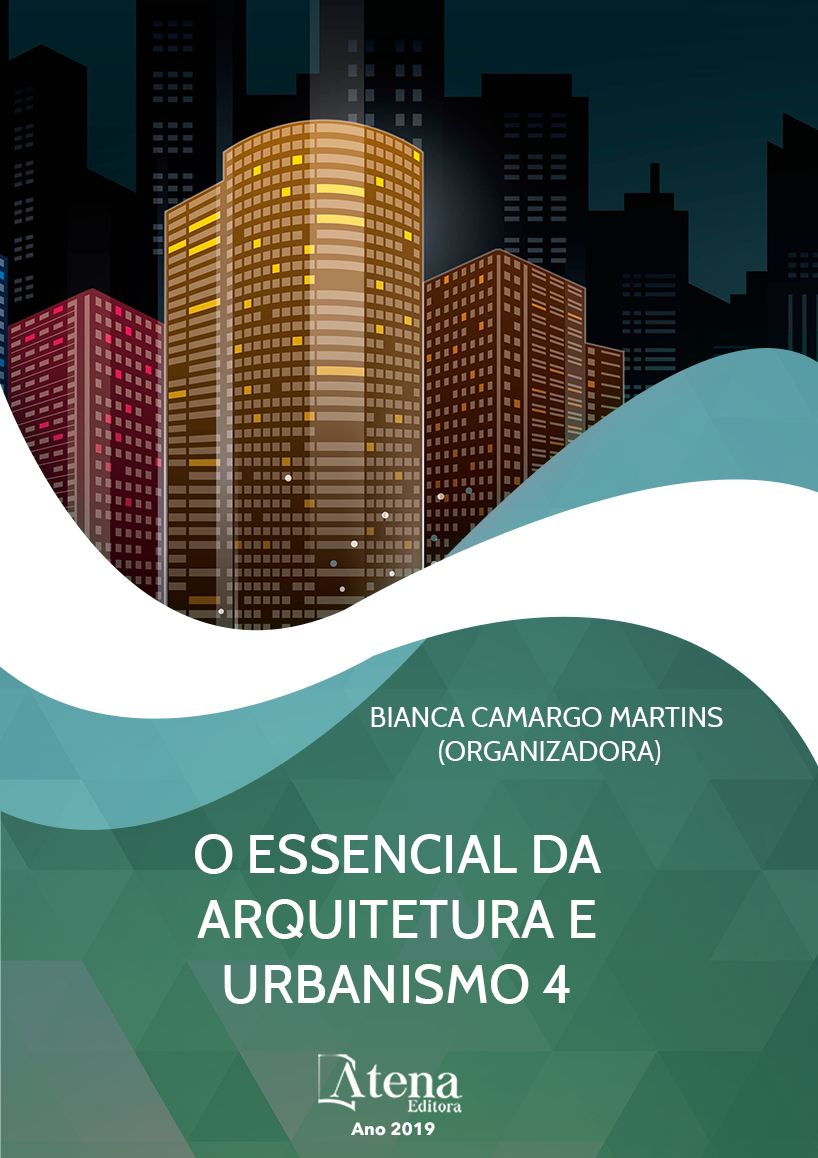
PROJETO ‘GIGANTE PARA SEMPRE’: ANÁLISE DE UM GRANDE PROJETO URBANO DA COPA DO MUNDO DE 2014
O presente artigo utiliza-se da
análise multidimensional para aspectos
políticos, econômico-financeiros, arquitetônicourbanísticos
e simbólicos-socioambientais do
Projeto Gigante para Sempre, que envolveu a
reforma do estádio Beira-Rio e a revitalização de
seu entorno imediato na cidade de Porto Alegre,
como proposta de complexo multifuncional
para a Copa do Mundo FIFA 2014. Apresenta,
também, conceituação do projeto dentro dos
estudos de Megaeventos como catalizadores
de Grandes Projetos Urbanos, avaliando seu
contexto e legado. O Projeto é entendido no
âmbito das práticas urbanas contemporâneas
de planejamento, como o surgimento do
Neourbanismo (ou Renascimento Urbano) e do
contexto histórico que envolveu os preparativos
para a realização da Copa de 2014. O trabalho
pretende ainda compilar dados para buscar
compreender os impactos gerados pelo
conjunto de decisões entre a proposta inicial, a
evolução e a realidade da implementação deste
megaprojeto em Porto Alegre.
PROJETO ‘GIGANTE PARA SEMPRE’: ANÁLISE DE UM GRANDE PROJETO URBANO DA COPA DO MUNDO DE 2014
-
DOI: 10.22533/at.ed.0791915106
-
Palavras-chave: Grandes Projetos Urbanos, Copa 2014, Estádio, Neourbanismo, Porto Alegre
-
Keywords: Large Urban Projects, World Cup 2014, Stadium, urban renaissance, Porto Alegre
-
Abstract:
This article uses multidimensional
analysis for political, economic-financial,
architectural-urban and symbolic-socioenvironmental
aspects of the Projeto Gigante
para Sempre (Giant Forever Project), which
involved the renovation of the Beira-Rio
stadium and the revitalization of its immediate
surroundings, in Porto Alegre, as a proposal for a
multifunctional complex for the 2014 FIFA World
Cup. It also presents the conceptualization of the
project within studies of megaevents as catalysts
of Large Urban Projects, evaluating its context
and legacy. The project is studied in the context
of contemporary urban planning practices,
such as the emergence of Neourbanism (or
Urban Renaissance) and the historical context
that involved the preparations for the 2014
World Cup. This article also compiles data to
understand the impacts generated by the set of decisions made between the initial
proposal, the evolution of it and the reality of the implementation of this megaproject in
Porto Alegre.
-
Número de páginas: 15
- Andrea Magalhães Viana
- Fabio Bortoli
- Silvana Kaster Tavares


